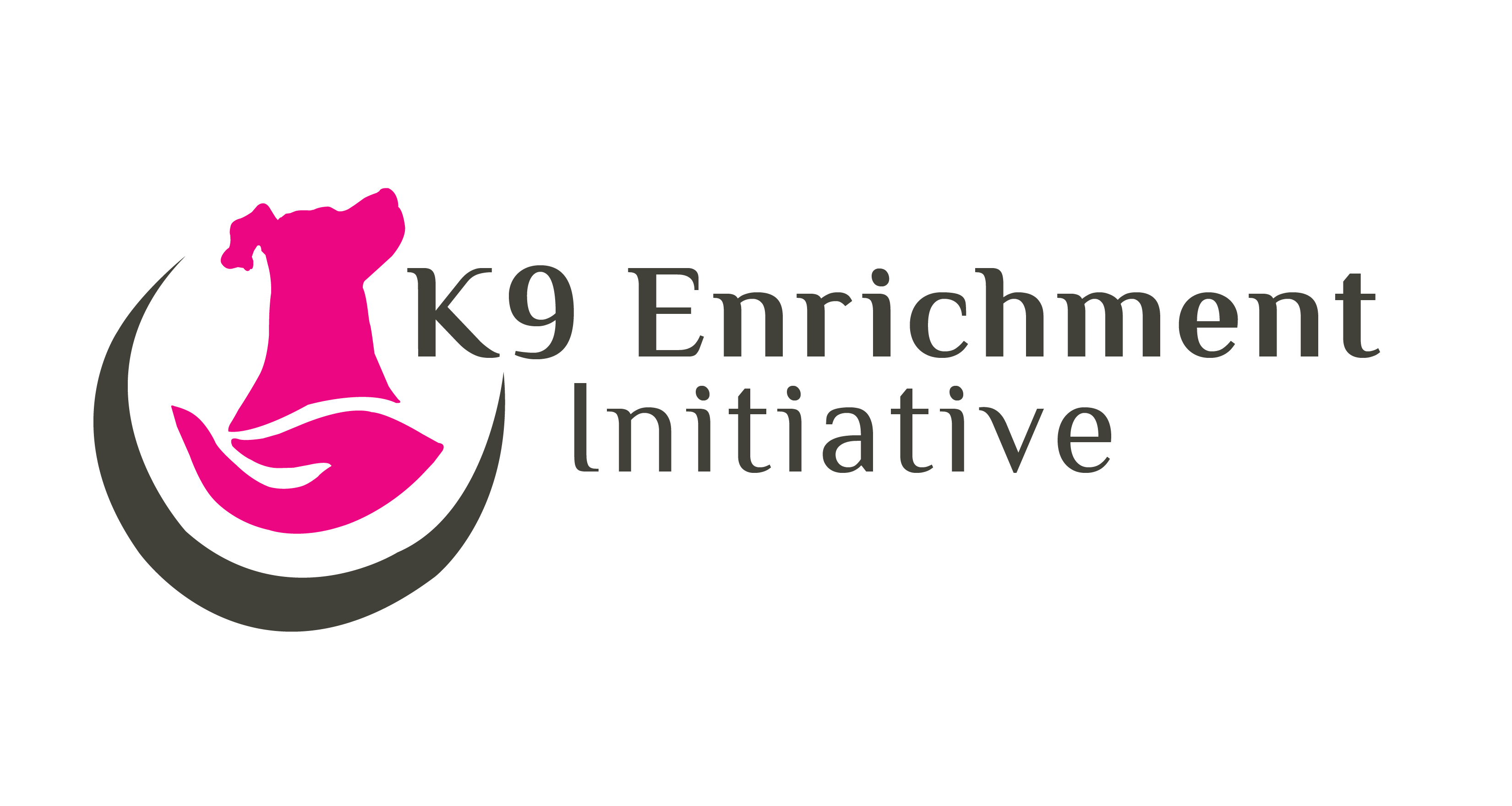
In establishing K9 Enrichment Initiative, we agreed above all else it was our duty and promise to the dogs we brought into our program that the 5 freedoms would be upheld.
These standards were to be practiced by the rescue in ensuring our dogs were in the care of individuals who practiced the 5 freedoms. Whether a veterinarian, foster, boarding facility, transporter, and adopter. We saw no reason to save a dog from a life as a homeless pet in a shelter or abandoned only to place them in a life of more of the same.
We are a constant in our dogs lives whether visiting the vet with them, attending training, or check in’s with fosters/adopters. In situations of boarding, we only utilize veterinary boarding where we have open access to our dogs, as well as afforded to our trainers & volunteers.
Rest assured when volunteering, donating or adopting KEI dogs we have provided the best care possible in meeting the 5 freedoms and beyond.
Cynthia Lynn Guzman
Founder/Executive Director
Five Freedoms of Animals
While groups can disagree on specifics (e.g., which brand of food is best, whether harnesses or collars are preferable), there are five fundamental freedoms to which every animal is entitled:
- FREEDOM FROM HUNGER AND THIRSTAll animals need ready access to fresh water and a diet that allows them to maintain full health and vigor. This must be specific to the animal. For example, a puppy, an adult dog, a pregnant cat and a senior cat would all need different types of food provided on different schedules.
- FREEDOM FROM DISCOMFORTAll animals need an appropriate living environment, including protection from the elements, and a clean, safe and comfortable resting area. Animals must be provided with bedding and not sleep on a cold hard floor. Overcrowding will increase an animal’s physical discomfort and should be avoided. Do not forget about temperature and environmental factors, such as noise levels and access to natural light. And if an animal is outside, it must have shelter from the elements as well as appropriate food and water bowls that will not freeze or tip over.
- FREEDOM FROM PAIN, INJURY OR DISEASEAll animals must be afforded care that prevents illness and injury, and that assures rapid diagnosis and treatment if illness/injury should occur. This entails vaccinating animals, monitoring animals’ physical health, rapidly treating any injuries and providing appropriate medications for treatment and pain.
- FREEDOM TO EXPRESS NORMAL BEHAVIORAll animals need sufficient space and proper facilities to allow them to move freely and fully, and to engage in the same types of activities as other animals of their species. They also need to be able to interact with—or avoid—others of their own kind as desired. They must able to stretch every part of their body (from nose to tail), run, jump and play at will. Are you overcrowded? Are you housing too many animals in one room? If so, the animals are probably unable to experience the fourth freedom.
- FREEDOM FROM FEAR AND DISTRESSAll animals need both a general environment and handling that allows them to avoid mental suffering and stress. The mental health of an animal is just as important as its physical health. Are you providing sufficient enrichment? Allowing the animal to hide in a safe space when needed? Ensuring that there is not too much noise? Are there too many animals in one room? Remember, psychological stress can quickly transition into physical illness.
The Five Freedoms were first articulated by England’s Farm Animal Welfare Council, but they apply to every type of animal in every type of setting, including shelters, rescues and even private homes. Most organizations tend to do a good job of providing Freedoms 1, 2 and 3, but 4 and 5, which focus more on an animal’s psychological needs, tend to be overlooked. It is important to examine your operations from the perspective of the animals in your care. If each and every animal is not receiving all Five Freedoms, you must reexamine your policies and procedures, and you certainly must not take any new animals into your program until the situation is resolved.
The Association of Shelter Veterinarians’ Guidelines for Standards of Care in Animal Shelters (“ASV GSC”), which despite the title was developed for “traditional brick and mortar shelters, sanctuaries, and home-based foster or rescue networks,” are our profession’s most useful tool, largely because they are premised on the Five Freedoms. The guidelines should be used as your touch point for answering every question from “Is my animal housing humane?” to “Is my organization trying to care for too many animals?” The operating guidelines below are adapted from the ASV GSC, and following them is necessary to ensure the Five Freedoms. Note that these are minimal considerations, not complete operational plans. We recommend that you read the ASV GSC in its entirety and consult your veterinarian to develop written standards for your organization.
Copied from The Humane Society of the United States
